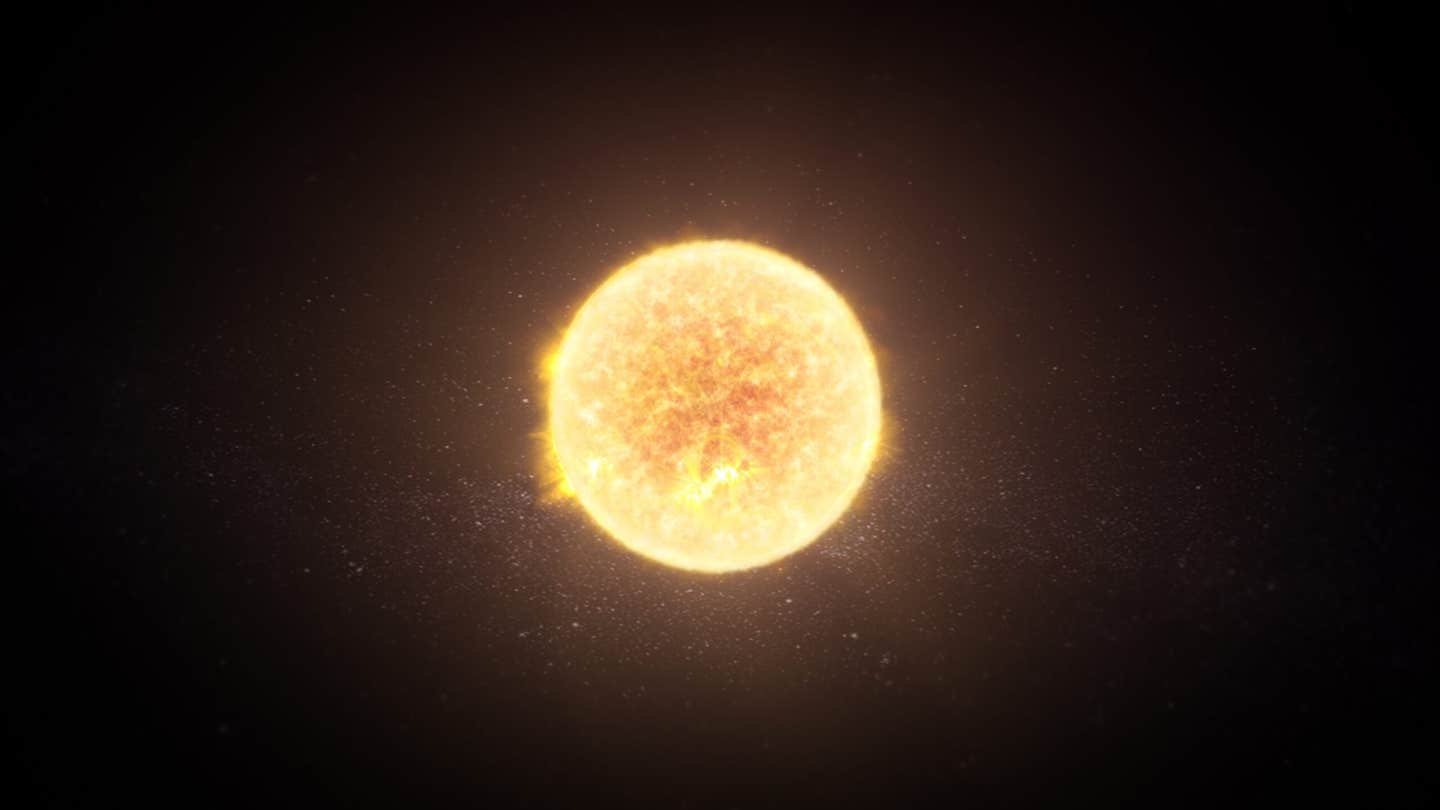5 People Cured of HIV: A New Era of Hope for the Disease
Two of the transplanted subjects emerged victorious against HIV, revealing the potential underlying the transplantation process.

[Aug 2, 2023: Staff Writer, The Brighter Side of News]
The scientists reveal critical new insights into their novel vaccine strategy, which involves a stepwise approach to producing antibodies capable of targeting a wide range of HIV variants. (CREDIT: Getty Images)
In a groundbreaking finding, Oregon Health & Science University (OHSU) researchers have made strides towards solving the mystery surrounding instances of HIV patients becoming virus-free post-stem cell transplants.
Published in the journal Immunity, the study enlightens the scientific community on the conditions required to eliminate the virus, thus bringing the medical community a step closer to a potential cure for AIDS. As it stands, AIDS continues to be a global health concern with nearly 38 million individuals affected by the HIV virus.
Delving into the core of the study, researchers embarked on their journey with nonhuman primates, specifically Mauritian cynomolgus macaques. These creatures, suitable candidates for stem cell transplants, served as the linchpin for this groundbreaking investigation.
"Five patients have already demonstrated that HIV can be cured," articulated Dr. Jonah Sacha, the leading luminary behind this research and a professor at OHSU’s Oregon National Primate Research Center and Vaccine and Gene Therapy Institute. Elaborating further on the objectives, Sacha noted, "This study is helping us home in on the mechanisms involved in making that cure happen."
Related Stories:
For context, the world bore witness to the miraculous recovery of the 'Berlin patient' in 2009, the first-ever reported case of an HIV patient who, after undergoing a stem cell transplant to treat acute myeloid leukemia, emerged HIV-free. The secret lay in the donor's mutated CCR5 gene, a key entry point utilized by HIV to infiltrate white blood cells. Since then, the medical world has seen four more such successes.
Of the eight primate subjects diagnosed with HIV, half underwent stem cell transplantation from HIV-negative donors. The remaining, untreated, formed the control group. The outcome? Two of the transplanted subjects emerged victorious against HIV, revealing the potential underlying the transplantation process.
However, this victory didn’t come without its challenges. The treated primates initially grappled with graft-versus-host disease, a prevalent complication post stem cell transplants. But these trials led to unexpected triumphs: both primates, still alive and thriving four years post-transplant, have remained HIV-free.
Oregon Health & Science University researcher Jonah Sacha, Ph.D., led a nonhuman primate study that helped explain how five people who underwent stem cell transplants have been cured of HIV. The study’s findings may bring scientists closer to developing what they hope will become a widespread cure for the virus that causes AIDS. (CREDIT: OHSU/Christine Torres Hicks)
Gratitude abounds for the dedicated caregivers at the Oregon National Primate Research Center and eminent OHSU clinicians Dr. Richard T. Maziarz and Dr. Gabrielle Meyers. Their unwavering commitment was instrumental to the study's success. Dr. Maziarz, reflecting on the fusion of human clinical studies and primate experiments, highlighted their significance in "answering questions that would be almost impossible to do otherwise," paving a potential path to "curing human disease."
Dr. Sacha and his team ventured deeper into the maze of medical mysteries, eager to uncover the processes leading to the HIV eradication. Two predominant mechanisms were identified.
Graphical Abstract: Allogeneic hematopoietic stem cell transplantation (alloHSCT) from donors lacking C-C chemokine receptor 5 (CCR5Δ32/Δ32) can cure HIV, yet mechanisms remain speculative. (CREDIT: Immunity)
Firstly, the donor stem cells identified and eradicated the HIV-infected cells, drawing parallels with graft-versus-leukemia that is instrumental in cancer treatment. However, in two subjects, the virus outsmarted the system, infiltrating the donor cells. This highlighted a pivotal revelation: to achieve a cure, blocking HIV's access via the CCR5 receptor is crucial.
Furthermore, the researchers meticulously documented the order of HIV clearance from the body. Initial observations revealed the virus's disappearance from peripheral veins. Subsequently, it vanished from lymph nodes, starting with the limbs and eventually from the abdominal region. This staged clearance could serve as a roadmap for medical professionals in gauging the efficacy of HIV treatments in the future.
These data demonstrate the individual contributions of allogeneic immunity and CCR5 deficiency to HIV cure and support defining targets of alloimmunity for curative strategies independent of HSCT. (CREDIT: Immunity)
Looking Ahead
Concluding their monumental research, Sacha and his team are poised to delve deeper into the immune responses of the cured primates, aiming to discern the various immune cells and their specific targets.
As science marches forward in its relentless quest for cures, this research, bridging human clinical trials and primate experiments, illuminates hope for the millions affected by HIV worldwide.
Note: Materials provided above by The Brighter Side of News. Content may be edited for style and length.
Like these kind of feel good stories? Get the Brighter Side of News' newsletter.



